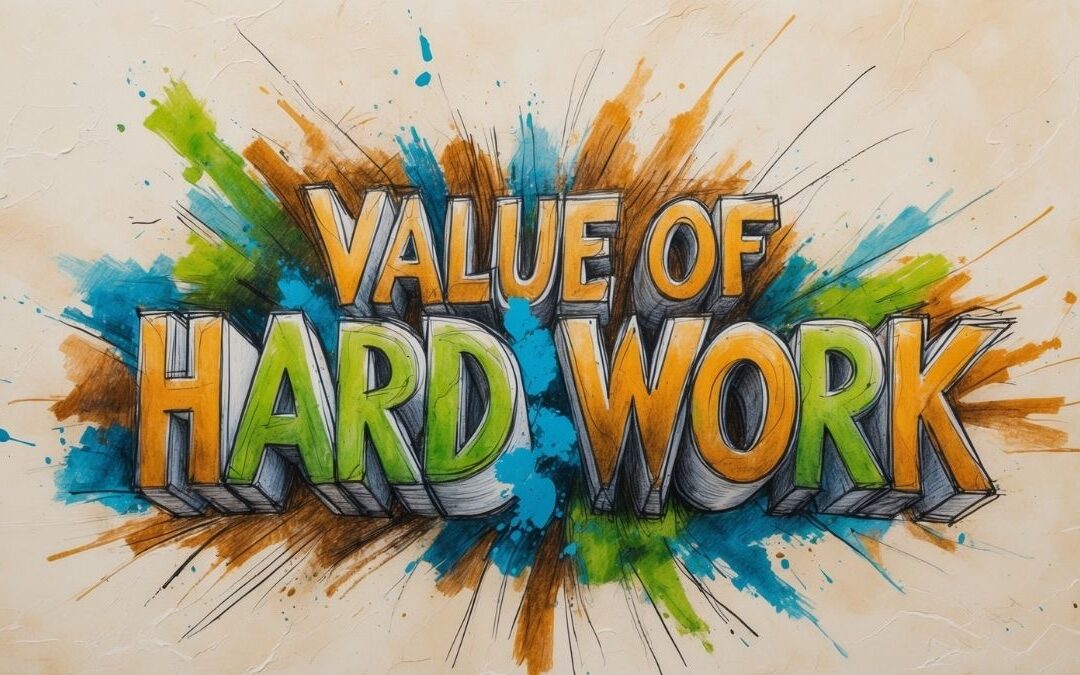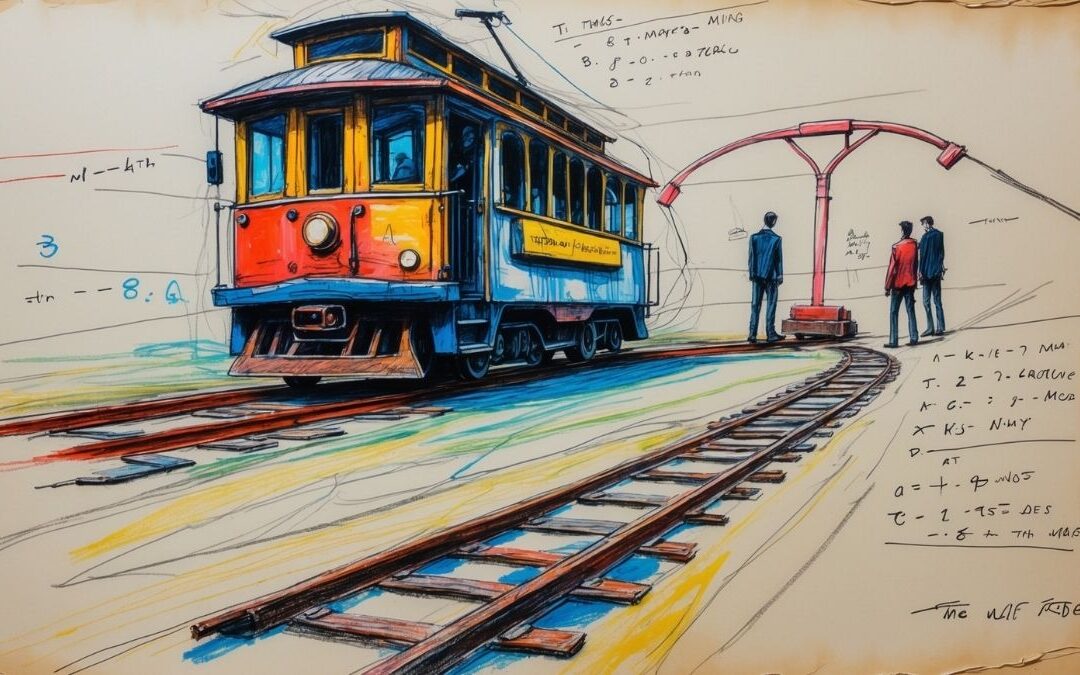Introduction
Learn expressions you can use to talk about knowing and not knowing things apart from simply saying, ‘I know,’ or ‘I don’t know’ in a new English Express episode from English Plus Podcast Network.
Interactive Transcript
Transcript
[00:00:00] Danny: You don’t have a lot of time, but you still want to learn a new way to express yourself in English every day. I get it, and that’s why I created English Express. This is your host, Danny, and this is English Express. Every day we’ll have a very short episode in which you will learn a new way to express yourself in English.
[00:00:23] Never stop learning, even if you don’t have a lot of time for it. Listen to English Express.
[00:00:34] Welcome to a new English Express episode. In this episode, we will talk about pronunciation and accent. We will talk about how to reduce the sound of to. Well, that might sound very simple, but trust me, stay tuned and you will find that it is not that simple. If you really want to sound like a native speaker, listen to this episode.
[00:00:54] You can find the transcript on my website, englishpluspodcast.com. You can find the links in the description of the episode. And now without further ado, let’s talk about how we can reduce the sound of TO to improve our pronunciation and accent.
[00:01:14] So what is this all about? It is TO, it is very simple, right, but is it, is it always pronounced as TO? Not really. Unless you really want to stress it. You don’t pronounce it like TO. We usually pronounce it like T, for example, today, we don’t say 2 day or 2 night or 2 morrow or 2 work. We say t’day, t’night, t’morrow, t’ work.
[00:01:39] So the preposition TO usually reduces so much that it is like T, not really. 2. Okay. Remember, unless you want to stress what you’re saying, if you wanna stress what you’re saying, like when you say, I want to go to work, that is something else. That’s something different. But in regular speech, we don’t pronounce the full TO.
[00:02:01] We reduce it. We say t’day, t’night, t’morrow t’ work. T. You see only T. You can pause the episode and try to repeat after me if you want, but now let me give you some more examples. What about to school? Have you ever heard anybody saying 2 school, I’m going 2 school? No. Nobody says that, right? I’m going t’school.
[00:02:22] I’m going t’ school. What about to the store? Or we have to go now we have t’go. Not we have 2 go now. Nobody says that, right? You haven’t heard it. It sounds weird. It sounds strange because it is. In regular speech. People usually reduce the TO. They say we have t’ go now. He went t’ work. They hope t’ find it.
[00:02:44] I can’t wait t’ find out. t’ find out. Not 2 find out. Okay. We don’t know what to do. What t’ do. What t’ do. Not what 2 do, okay? We don’t know what to do. Don’t jump to conclusions. Don’t jump t’ conclusions. Not, don’t jump 2 conclusions. All right. What about Shakespeare’s famous to be or not to be? You see, you heard me.
[00:03:08] It’s t’ be or not t’ be. Not 2 be or not 2 be. Nobody says it like that. So it is to be or not to be. He didn’t get to go. He didn’t get t’ go get t’ go, not get 2 go. That’s not everything. You might say that, oh, but that’s perfect. It’s T, but it’s not always T if that same TO follows a vowel sound, it will become, D, not T
[00:03:32] not even T. It will be pronounced like a d D. Let me give you an example. He told me to help. Now here I said TO and I kind of stressed it, but this is not the way to go. If you wanna reduce it, if you wanna say it like native speakers, we don’t say he told me 2 help or t’ help. Because here after me, which is E here, which is a vowel, obviously we say D.
[00:03:55] He told me to help. He told me d’ help. It’s not a full D, you don’t pronounce the D strongly, but it is more of a d’ than a t’ okay. So he told me d’ help. She told you d’ get it, d’ get it. It’s not t’ get it. It’s d’ get it. She told you to get it. Now, of course, if you pronounce it on its own, it will sound strange.
[00:04:16] So you will have to say it all together. You will have to connect all the sounds together to make it sound natural. What about I go to work, I go d’ work. It’s not, I go t’ work, it’s, I go d’ work at a quarter to two. The only way to get it is the only way d’ get it is. The only way to get it is, nobody says it this way, of course, but you can say the only way d’ get it is. You’ve gotta pay to get it.
[00:04:42] You’ve gotta pay d’ get it. Let’s go to lunch. Let’s go d’ lunch. Not let’s go t’ lunch. You don’t say t’ here, right. Let’s go to lunch. So if you really want to make the most of this episode, you can pause the episode as many times as you want and try to say these expressions after me. Try to pronounce them yourself.
[00:05:01] Try to get this accent yourself. You can do it. So that was everything I wanted to share with you in this English Express episode. Don’t forget to visit my website, englishpluspodcast.com, and check the great learning opportunities you can find there. Thank you very much for listening to this episode. This is your host, Danny. I will see you next time.










0 Comments